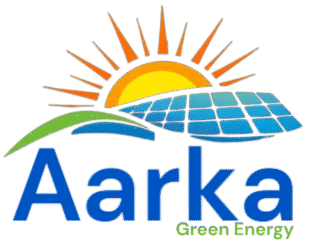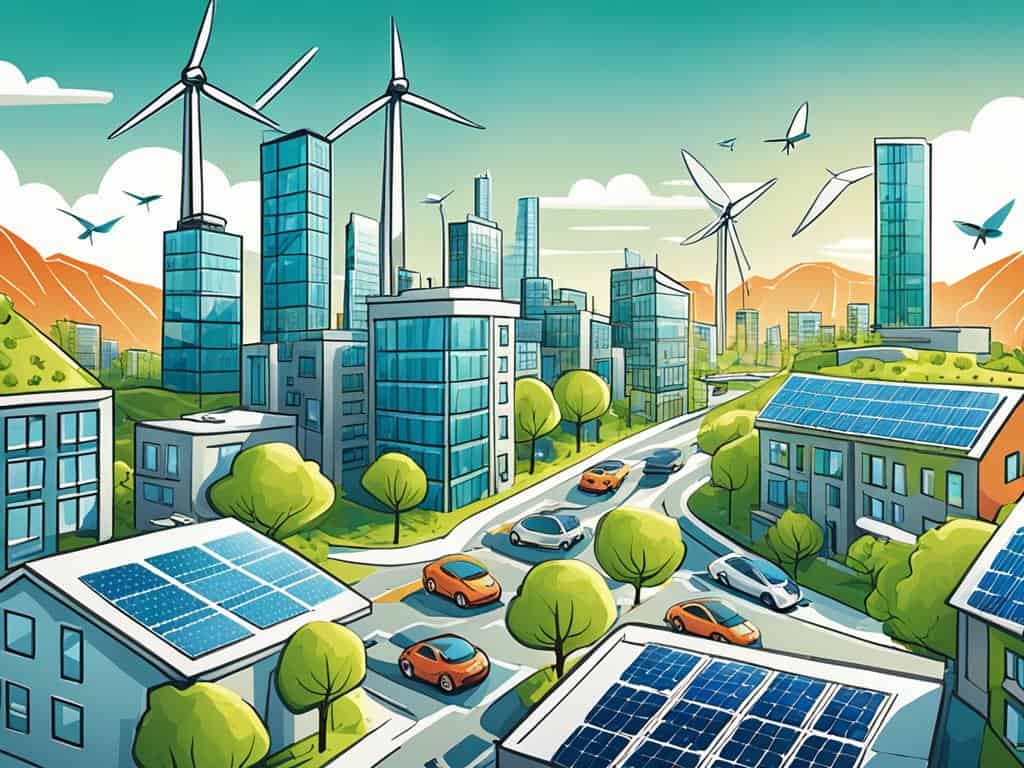Solar Solutions for a Sustainable Tomorrow
As the global community grapples with climate change, depleting fossil fuels, and the urgent need for energy equity, solar energy emerges as one of the most viable and scalable solutions for a sustainable tomorrow. The sun delivers more energy to Earth in an hour than the world consumes in a year—yet harnessing this potential requires technological innovation, policy support, and widespread adoption. This article explores how solar solutions are being designed, deployed, and scaled to create a cleaner, greener, and more equitable future.
“Solar power, shining from above, is the most democratic energy of all—it falls on everyone.”
— Unknown
The Case for Solar Energy
Solar energy is clean, renewable, abundant, and increasingly affordable. It reduces dependence on fossil fuels, cuts greenhouse gas emissions, and supports decentralized energy systems. As governments and organizations aim to achieve net-zero emissions, solar power is positioned as a cornerstone of sustainable development.
In 2024, solar surpassed all other sources as the world’s fastest-growing form of electricity generation. This growth is powered not only by the falling cost of photovoltaic (PV) systems but also by innovative applications across residential, commercial, industrial, and agricultural sectors.
Innovations Powering the Solar Revolution
1. High-Efficiency Photovoltaic Cells
Next-generation PV cells, such as perovskite and tandem cells, offer superior efficiency compared to traditional silicon. These breakthroughs help maximize energy output from smaller surfaces, making solar more viable for urban rooftops and portable applications.
2. Floating Solar Farms
In regions with limited land availability, floating solar installations on lakes, reservoirs, and dams not only save space but also increase efficiency due to the cooling effect of water. Countries like Singapore and India are already investing heavily in these scalable solutions.
3. Agrivoltaics
Agrivoltaics refers to the co-development of land for both solar power and agriculture. Solar panels are elevated to allow sunlight and rainfall to reach crops, creating a win-win for food and energy production. This model is transforming rural energy access and farm economics.
4. Solar Desalination and Water Purification
Solar energy is being used to power desalination plants and water purification systems, providing clean drinking water in arid and off-grid regions. Solar stills and solar-powered reverse osmosis systems are advancing in both cost and reliability.
5. Smart Solar Systems
Integrating solar with the Internet of Things (IoT), artificial intelligence (AI), and blockchain is enabling real-time energy management, predictive maintenance, and even peer-to-peer energy trading. Smart microgrids powered by solar and battery storage are now a reality.
Policy and Financial Innovations Driving Solar Growth
1. Green Incentives and Tax Credits
Governments worldwide are offering tax breaks, feed-in tariffs, and subsidies to accelerate solar adoption. In the U.S., the Inflation Reduction Act provides extended tax incentives for both residential and commercial solar projects.
2. Solar Financing Models
Innovative business models like Power Purchase Agreements (PPAs), community solar programs, and pay-as-you-go systems are making solar accessible to low-income households and emerging markets. These financial mechanisms reduce upfront costs and democratize solar access.
3. Corporate Solar Commitments
Major corporations such as Google, Amazon, and Apple are investing billions in solar to power their data centers and supply chains. Corporate Power Purchase Agreements are helping scale utility-sized solar farms globally.
Solar for Energy Equity and Climate Justice
One of the most powerful aspects of solar energy is its potential to close the energy gap. Over 750 million people worldwide lack access to electricity—solar offers a decentralized, low-cost solution.
In sub-Saharan Africa and South Asia, solar home systems and mini-grids are bringing light, communication, and productivity to rural communities. Solar is also being deployed in refugee camps, disaster zones, and conflict areas to provide reliable and safe power.
Organizations like SolarAid and the Global Off-Grid Lighting Association (GOGLA) are making solar affordable and accessible for the world’s most vulnerable populations.
Solar Integration with Battery Storage
Solar’s intermittency—its inability to produce energy at night—has long been a challenge. But advances in energy storage, particularly lithium-ion, solid-state, and flow batteries, are solving this problem.
Home battery systems like the Tesla Powerwall, LG Chem, and Sonnen are gaining popularity. On a larger scale, grid-level battery storage is ensuring solar power can be dispatched on demand, even during peak evening hours.
Hybrid systems that combine solar with wind, hydropower, or even hydrogen storage are also being explored to deliver 24/7 clean energy.
Building-Integrated and Aesthetic Solar Solutions
For solar to become ubiquitous, it must blend into our environments. That’s where building-integrated photovoltaics (BIPV), solar shingles, and solar facades come in. Companies like Tesla, Sunflare, and Mitrex are turning buildings into energy-generating assets.
Solar architecture now emphasizes design as much as function, with aesthetically pleasing panels, transparent solar glass, and color-customized modules. This evolution is especially important in cities, where rooftop real estate is premium.
The Role of Solar in Decarbonizing Transportation
Solar isn’t just powering buildings—it’s making its way into transportation. Solar EV chargers, solar-powered buses, and solar-integrated EVs like the Aptera and Lightyear are examples of how the sun is fueling mobility.
Moreover, solar roads and solar-powered airport infrastructure are being tested to reduce operational emissions. As electric vehicle adoption grows, pairing solar with EV infrastructure ensures a cleaner energy loop.
Challenges and the Path Forward
Despite its promise, solar faces several hurdles:
-
Land use and environmental impact: Large-scale solar farms can disrupt habitats unless carefully planned.
-
Material sustainability: Panels rely on rare elements and their end-of-life recycling is limited.
-
Intermittency and grid integration: Solar requires robust storage and smart grids for reliability.
Addressing these challenges requires continued investment in R&D, supportive policies, and a focus on circular solar economies.
Conclusion: Lighting the Way to a Sustainable Tomorrow
Solar energy is more than just a clean alternative—it’s a transformative force for sustainability, equity, and resilience. As technologies evolve and adoption scales, solar solutions are empowering individuals, businesses, and nations to build a future where energy is abundant, accessible, and aligned with planetary health.
The path to a sustainable tomorrow is illuminated by the sun. Let us continue to innovate, invest, and inspire a world where solar power lights the way.
Keywords: sustainable solar solutions, solar for climate change, renewable energy future, solar energy innovations, solar equity, solar battery storage, smart solar systems, solar-powered transportation, green building solar, floating solar farms, solar energy policy

